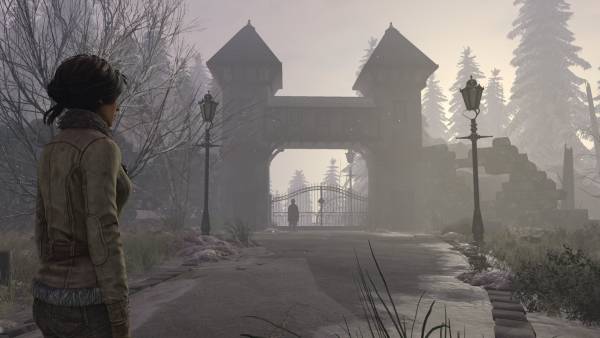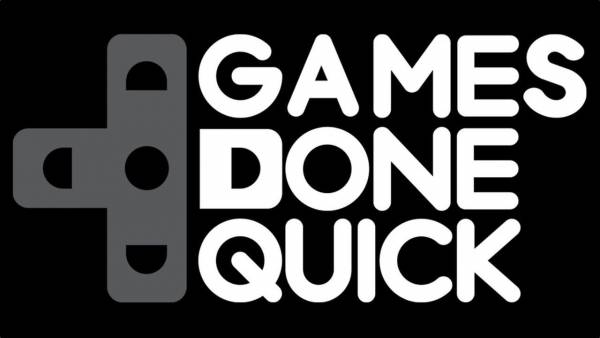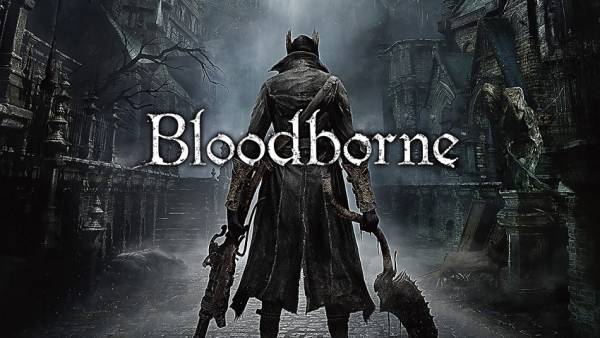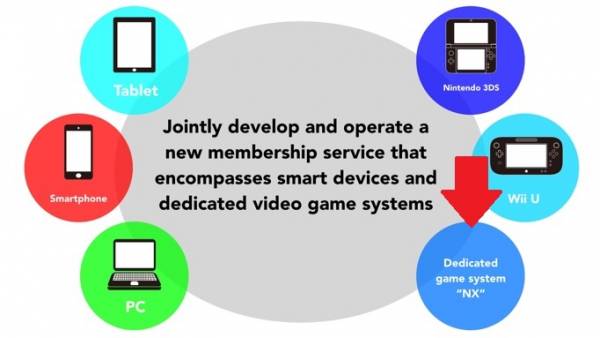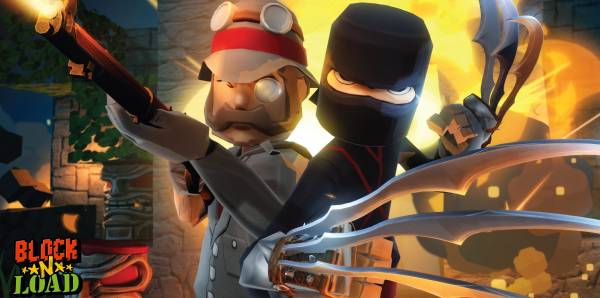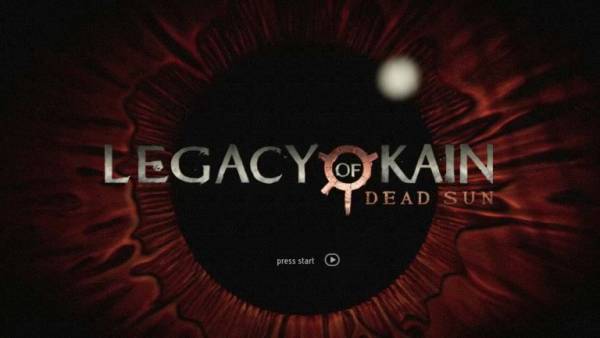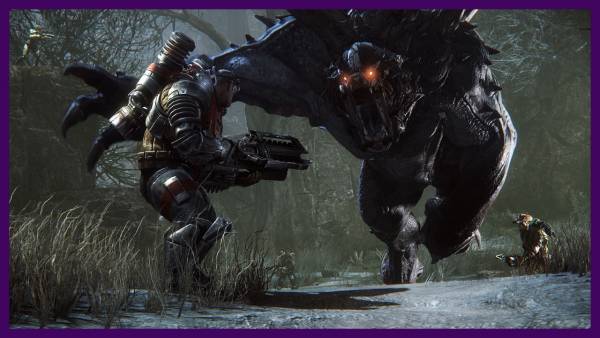With Legacy of Kain returning to our screens in the form of Nosgoth, a multiplayer shooter, many gamers have wondered how the series would come back as a single player action adventure experience.
The likelihood of this occurring is slim, however. The Soul Reaver games were created by a team that simply doesn’t exist anymore – Amy Hennig and Richard Lemarchand left Crystal Dynamics to join Naughty Dog, and voice actor Tony Jay, who provided the voice of one the series’ villains, unfortunately died in 2006. It was also around this time that the studio acquired the rights to Tomb Raider and hasn’t looked back since.
Legacy of Kain: Soul Reaver was released in 1999 for the Playstation and in 2000 for the Dreamcast and has since become a cult classic. Soul Reaver was a 3D open-world third-person action game with several unique twists, one of which was the game’s emphasis on puzzle-solving and its Spectral Realm mechanic. The developers treated the puzzles as one of the core reasons for the game to exist – puzzles were as fundamental to the experience as combat and story, if not more so (as a side note, this is something we need to see more of in AAA games). If a Soul Reaver remake or reboot were to happen, it would need to incorporate and expand on the following elements from the original.
The Spectral and Material Realms
In the world of Soul Reaver there are two planes of existence – the real world and the spirit world, called the Material Realm and the Spectral Realm. In the Material realm, things work as normal; levers pull, blocks move, water has buoyancy and environments are natural.
However, in the Spectral realm, things change. Time stops, a blue hue darkens everything and the world twists and bends into an Expressionist-cinema nightmare. Water behaves like air and other general weirdness occurs. The relationship between the two planes forms the game design backbone of Soul Reaver and would also form the basis of a new Soul Reaver game or reboot.
Any location in the game could be viewed from two different perspectives. Image Source: Legacy of Kain Wiki
This mechanic never reached its full potential, and with the power of today’s physics engines it could be explored further – easily able to make a new game out of. The mechanic brought about some emergent cool things you could do too, such as throwing a spear like a javelin, shifting while it was in the air, running ahead of it and catching it when shifting back to the material realm.
In Soul Reaver, shifting required the player to stop, bring up a menu and activate a spell that would cause the world to shift to Spectral. With today’s modern physics engines and hardware, it would be reasonable to expect the switch between Spectral and Material realms to be instantaneous.
Imagine jumping from one platform to another that isn’t quite far enough, but once you figured out where it would be in a different plane, then shifting in mid-air to get to it would provide untold levels of variety in potential design.
The Unique Industrial Soundtrack
When someone tells you that Soul Reaver is about vampires and features Gothic architecture, you would probably think about organs, and choirs set along to classical music. Kurt Harland’s score for Soul Reaver eschews that idea from the start, delivering a dark, industrial synth-driven sound that delivers the suspense and action in a unique way. Of course, the game also delivered the famous theme song, “Ozar Midrashim”.
The game’s music also dynamically changes based on the situation. In combat the music will increase in speed and instrumentation, while during a puzzle scenario, a variation on the theme will play. Not only that, but the music also changed when the player shifted into the spirit realm. Different instrumentation and a use of discord led to the spectral versions of each track having an otherworldly eeriness to them. This dynamic implementation as well as musical style would both need to be included in a Soul Reaver revival, as it’s one of the series’ most iconic elements.
The Metroidvania World
Soul Reaver benefited from the same world setup as the Metroid series – a technically nonlinear and claustrophobic world gated by unlocking new mechanics. Upon defeating a boss in Soul Reaver, you’ll get a new ability that will unlock a new part of the world, which would then lead to the next boss.
The feeling of coming back later to a previously explored area with new tools to investigate it further still resonates with gamers. It happens in Batman: Arkham Asylum, the Darksiders games and the Zelda series, and it should also be a key part of a new Soul Reaver. This would be a preferred choice to the fiercely linear path of its sequel.
The Compelling Story
The original Soul Reaver has a fairly simple plot – an immortal vampire lieutenant is cast down into a lake (which, to a vampire, is like being thrown into corrosive acid) by his master and peers, but is resurrected hundreds of years later and then goes after them one by one. Eventually Raziel gets to fight his master Kain to get his revenge but then…well, this is where it gets complicated.

Back when video games had FMV intros, this was one of the better ones
During the development of Soul Reaver in 1998/1999, Hennig and co. had a lot of great ideas. The excised content and the general development of Soul Reaver has become an interesting story in its own right, with locations, characters, and plot points changed dramatically. (Link to more on SR1’s development). The game was planned to be much bigger, with more bosses, more optional secrets to find, and a completely different ending.
Soul Reaver released with an almost insultingly abrupt ending; after tracking down Kain to a time-travel device called the Chronoplast, Kain opens a portal into the distant past, through which Raziel follows him. After a cryptic metaphor, we fade to black and “To Be Continued” appears, followed by the end credits.
Talk about a cliff-hanger. The story continued with this development and the rest of the Legacy of Kain series became a sprawling time-travel epic. Crucial events and lots of time paradoxes are often seen out of order and/or from different perspectives.
This was immensely clever and coupled with the stellar voice acting and writing made the story one of the reasons to come back for each new entry (and if you want to experience it all for yourself, basically all of the Legacy of Kain games are available on Steam and frequently find themselves in sales).
The ending that was originally planned for Soul Reaver was simpler than that – the original plan was to simply kill Kain and then kill all the vampires in Nosgoth by activating a giant super-weapon.
I believe the time-travel aspects and the web of intrigue that the series became is far superior to the generic-sounding prospect of merely getting revenge and then calling it a day. The lengthy ponderings on fate and destiny vs. free will between the characters needn’t take place exclusively in cut scenes either – they could be in game voiceovers or interactive segments.
A new Legacy of Kain game would need to incorporate all the things mentioned above to truly satisfy the series’ fans. Many of them are disappointed with the current situation the franchise finds itself in, but the series still has potential. With today’s technology the ideas at play in the Legacy of Kain games can be elevated to new heights.
If Square Enix are testing the waters with Nosgoth to see the strength of the IP, then hopefully they’ll see that they have a AAA title just waiting to be made.

